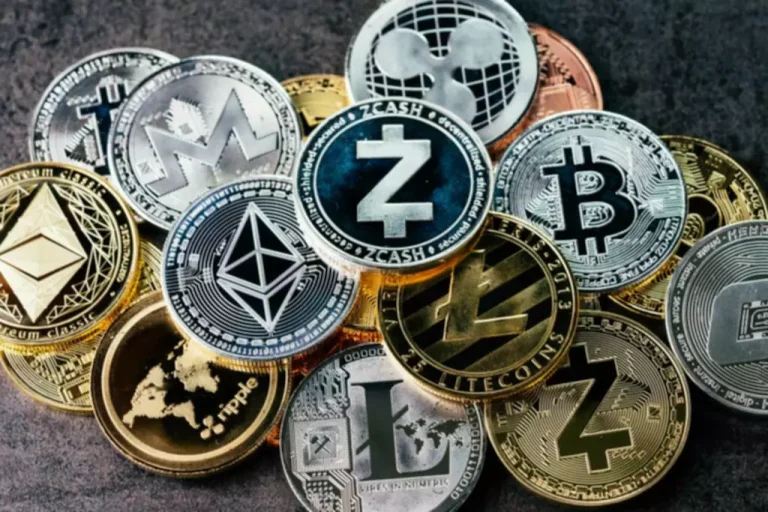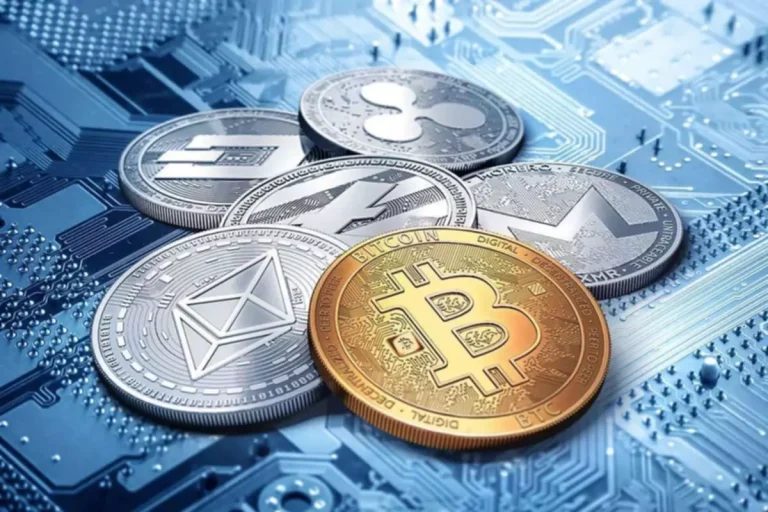Content
ETNs are debt instruments that track an index while carrying credit risk, while ETCs offer exposure to commodities and currencies, but can face unique risks discussed below. Oliver is aiming for long-term growth and https://www.xcritical.com/ chooses a diversified ETF that tracks the ASX 200. However, there were periods when the value dropped, and Oliver had to accept short-term losses before seeing growth again. Oliver’s 10-year investment period could have coincided with more bull markets than bear markets, offering a favourable scenario. This is just one of many potential performance scenarios when investing in an ETF.

Index Fund vs. ETF: What’s the Difference?
All of our content is based on objective analysis, and the opinions are our own. In the United States, the Securities and Exchange Commission (SEC) oversees ETPs. There are several types of ETPs, including Exchange-Traded etp vs etf Funds (ETFs), Exchange-Traded Notes (ETNs), and Exchange-Traded Commodities (ETCs). Choosing an ETF first starts with understanding one’s investment goals, and whether that ETF will help you meet those goals.
What Is an Exchange-Traded Product (ETP)?
Emily prioritised Yield Farming security with a fixed term deposit, while Oliver took on more risk with ETFs for potential long-term growth. Both approaches have their potential pros and cons, depending on the investor’s financial needs and risk tolerance. There are little to no fees involved, except for penalties if you withdraw early. ETFs can come with management fees, trading costs, and other potential expenses, depending on the ETF type and trading platform.
What Are the Risks Associated With Investing in ETPs?
ETFs offer investors the ease of stock trading, low-costs, tax-efficiency, and the diversification benefits of mutual funds. Investors can buy and sell ETP shares throughout the trading day, at prices that may fluctuate. Like with stocks, ETP investors are typically faced with a bid-ask spread. This might be almost zero for some ETPs but much wider for other products, so do your homework. The intraday pricing of ETPs provides trading flexibility because you can monitor how the price is doing and don’t have to wait until the end of the day to know your purchase or sale price. ETPs are best defined as open-ended investments listed on the exchange and traded and settled like shares.

- Get the latest news on investing, money, and more with our free newsletter.
- ETFs typically cost less than comparable mutual funds (40% less on average).
- Whether at the grocery store, the mall or the gas station, a penny saved truly is a penny earned.
- These funds hold a basket of assets selected and weighted to replicate the performance of a specific underlying index or benchmark.
- Unlike mutual funds, They trade on stock exchanges like equities, providing continuous pricing and trading throughout the day.
You don’t have to choose just one – many long-term investors use both to get the best of both worlds. A bear market is when asset prices decline, usually due to economic downturns or investor pessimism. Fixed term deposits are a simple, theoretically low-risk way to invest your money with a bank. You deposit a set amount for a fixed period, and the bank guarantees an interest rate throughout that time. Leverage can magnify the impact of adverse issuer, political, regulatory, market, or economic developments on a company.

For more insight into your specific tax situation, speak to a licensed tax accountant. Fixed term deposits tend to come with very low risk because your principal and interest are guaranteed. ETFs expose you to market risk , meaning the value can fluctuate with the stock market or asset class they track.
An exchange-traded fund (ETF) is a pooled investment security that can be bought and sold like an individual stock. ETFs can be structured to track anything from the price of a commodity to a large and diverse collection of securities. ETNs offer potential advantages, such as tax efficiency and lower tracking errors. However, they also carry credit risk, as the investor’s return depends on the issuer’s ability to meet its obligations.
There are a variety of ways to invest in exchange traded funds, and how you do so largely comes down to preference. These assets are a standard offering among the online brokers, though the number of offerings (and related fees) will vary by broker. On the other end of the spectrum, robo-advisors construct their portfolios out of low-cost ETFs, giving hands-off investors access to these assets. One trend that’s been good for ETF shoppers — many major brokerages dropped their commissions on ETF trades to $0. This means that investors can buy and sell ETP shares throughout the trading day at market prices.
Exchange Traded NotesETNs are generally senior, unsecured, unsubordinated debt issued by a single bank and listed on the exchange. The underwriting bank agrees to pay an index return, minus fees upon maturity. Therefore by buying this product, investors get direct exposure to the credit risk of the underwriting party.
The NAV is an accounting mechanism that determines the overall value of the assets or stocks in an ETF. Redeeming shares of a fund can trigger a tax liability, so listing the shares on an exchange can keep tax costs lower. In the case of a mutual fund, each time an investor sells their shares, they sell it back to the fund and incur a tax liability that must be paid by the shareholders of the fund. ETPs offer several benefits, such as diversification, lower costs, tax efficiency, and ease of trading. They provide exposure to a variety of asset classes, sectors, and strategies through a single tradable instrument. ETFs offer several advantages, such as diversification, tax efficiency, and lower costs.
Prices may be affected by various economic, financial, social and political factors, which may be unpredictable and may have a significant impact on the prices of commodities. The approval of the Bitcoin ETF was a significant milestone for the cryptocurrency industry. It increases institutional adoption of Bitcoin and leads to the launch of more cryptocurrency ETFs. However, the Bitcoin ETF also carries risks, such as the volatility of the cryptocurrency market and the potential for regulatory changes. Some ETNs may be called at the issuer’s discretion, meaning they can be subject to early redemption or an accelerated maturity date.
Before SPY’s debut, trading the S&P 500 Index was difficult, and investors had to dig into each component stock. SPY would be efficient for gaining exposure to the broad index through a single product. Given the novelty of this product, there were regulatory and logistical hurdles to overcome. Until then, stock exchanges focused on individual company stocks rather than pooled investment products.
Fixed term deposits and ETFs can each have their place in a well-thought-out investment strategy. Fixed term deposits are about stability and guaranteed returns to potentially keep your money safe. ETFs offer more growth potential and diversification, which can boost your long-term returns. These case studies show how different strategies might suit different goals.
By buying a share of the ETF, an investor instantly gains diversified exposure to the returns of the entire equity market rather than buying each stock separately. ETFs are popular financial instruments designed to offer investors an easy and efficient way to gain diversified exposure to an entire index or market segment through a single trade. SPDRs adopted a unique share creation/redemption mechanism to assuage regulators to keep their prices closely aligned with the index it tracked. This mechanism allowed large broker-dealers to exchange underlying stocks for shares of the SPY ETP with the fund manager. It’s also worth considering that you don’t have to choose one over the other. Depending on your financial goals, you might decide to invest in both for a diversified approach.
The drawback of a stop-loss order is the risk of a sale being triggered by a temporary price fluctuation which could cause you to lose out on any potential rebound in the share price. And just like stocks, you can trade ETFs using limit orders where you set the price at which you’re willing to buy or sell. Limit orders can be particularly helpful to investors during periods of heightened volatility or less-than-normal liquidity. As the name implies, “limit” orders can be a useful tool for investors who want to have more control over the price they pay or receive for an ETF. Since index mutual funds are bought and sold at the end of the trading day, liquidity is not as readily available as with ETFs.
